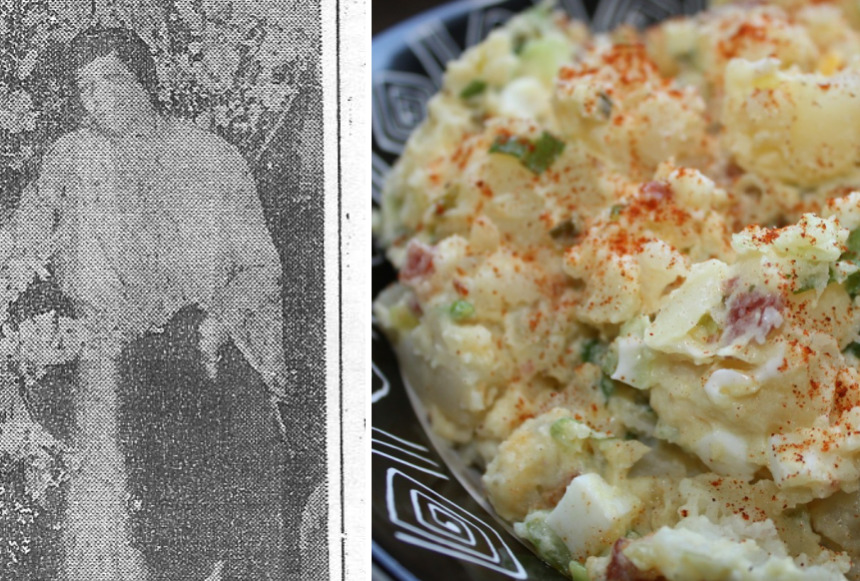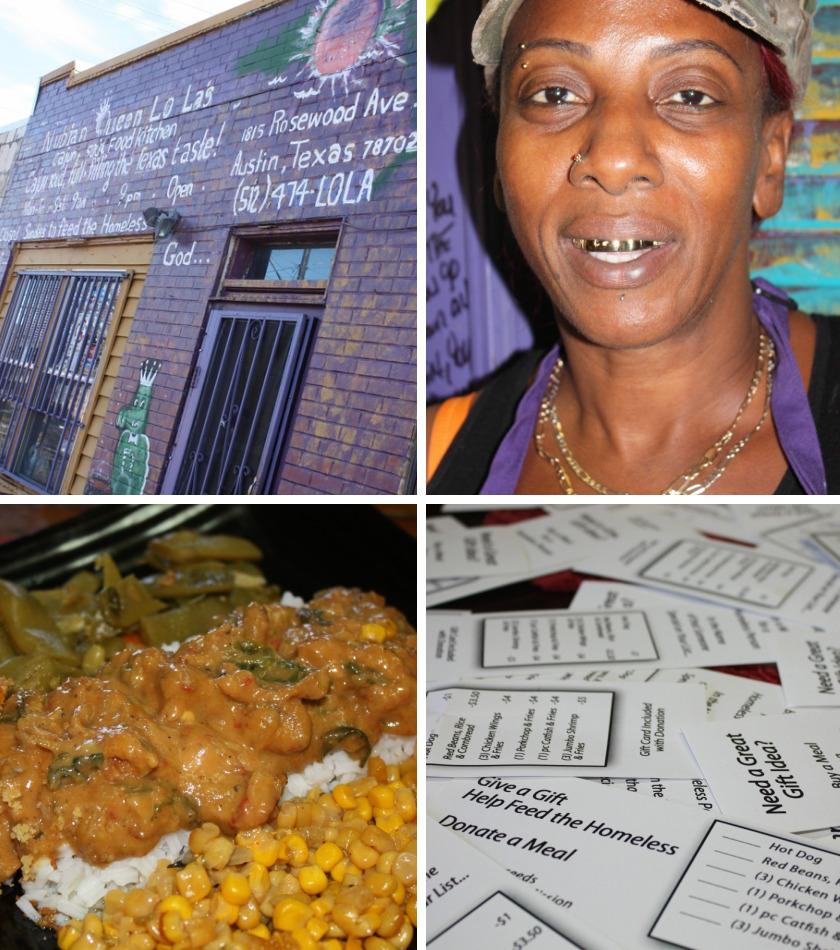
by Toni Tipton-Martin | Apr 7, 2010 | Entrepreneurs
With Tiger Woods back in the news this week, my thoughts immediately turned to Fuzzy Zoeller’s yakity yak urging Woods not to “order fried chicken or collard greens…or whatever the hell they serve” at the 1997 Masters golf tournament champions dinner. Zoeller might have been one of golf’s most notable players, but he obviously missed the memo on African American culinary tradition.
For generations, African American cooks living outside of the South have enjoyed confident, creative culinary expression, preferring to be known for their artistry, rather than the narrow outlook that limits the African American cook’s repertoire to the poverty ingredients and methods of plantation cabin cookery.
In 1910, while the domestic scientists were analyzing their food, “draining it of taste and texture, packaging it, and decorating it” to accommodate their shifting emphasis to domestic efficiency, Bertha Turner, a State Superintendent of Domestic Science and private caterer published a remarkable cookbook to preserve black culinary identity.
The Federation Cookbook: A Collection of Tested Recipes Compiled by the Colored Women of the State of California, assembled delicious recipes from the noted cooks living in and around Pasadena. The book exemplified a type of culinary professional who survived blatant discrimination and achieved fame and success.
By coincidence or Divine Order, Turner’s kitchen priorities and caterer’s virtues of uniformity, familiarity, and predictability perfectly aligned with the domestic science movement’s institutional ambitions of standardization and technical know-how. She was also a very good cook, according to the obituary published in a 1938 local newspaper, which also carried this photo of her, dressed elegantly and draped in fur.
She lived prosperously, flourishing in the rich ethnic culture of the Pasadena foothills, and didn’t appear stifled by the Jim Crow ideology strangling her race elsewhere. In fact, her Federation Cookbook set off confidently – perhaps because it epitomized a resolute gathering of out-going, successful women dedicated to social uplift.
Unlike Abby Fisher and Malinda Russell who began their books apologetically, Turner gracefully promised in her Preface to deliver “tested cooking of tried proportions, kindly given by our women.” She boldly suggested that readers purchase the book to thank those “helpful, trusty” women whom she memorialized in every recipe.
“Take it to your friends and neighbors,” she urged. “May it prove a blessing to you.”
Turner probably was obviously a compassionate woman, too. The Federation Cookbook began with a cheerful poem composed by a member of the National Association of Colored Women’s Clubs, to shore up young cooks. She shared more than 200 recipes for simple, as well as elegant cookery, including numerous ways with lettuce, gelatin, and molds – the “dainty” delights popular among domestic goddesses at the time.
Interestingly, the only Southern dishes to survive the trip West with this regal, Kentucky-born patron were croquettes, okra, and cornbread.
Does that answer your question about what we serve, Mr. Zoeller?
*
In Bertha Turner’s day, homemade salad dressings, including mayonnaise were evidence of a cook’s proficiency. The mix is simple: eggs, good quality oil, vinegar or lemon juice, and salt and pepper to taste. With today’s rush through the kitchen, you can achieve potato salad with the same creamy results using commercial mayo and a splash of prepared mustard.
In Her Kitchen
Potato Salad
Ingredients
- 4 slices bacon
- 8 new potatoes
- 5 hard-boiled eggs, peeled and coarsely chopped
- 3 green onions, sliced
- 2 stalks celery, diced
- 1/4 cup sweet pickle relish
- 1/2 cup mayonnaise
- 1 tablespoon mustard
- Salt, pepper
- Paprika
Instructions
- Cook bacon in a hot skillet over medium heat until crisp. Cool and crumble. Set aside. Scrub the potatoes and boil in their jackets until just done. Cool, peel and dice. Place in a large bowl with eggs, onions, celery, and pickle relish. Stir in mayonnaise and mustard, and season to taste with salt and pepper. Sprinkle with paprika before serving.
Number of servings: 8
In Her Kitchen

by Toni Tipton-Martin | Jan 27, 2010 | Plantation Cooks
Another week, another feature story about Nubian Queen LoLa. What is it about this woman that keeps the media buzzing? Her humanitarian spirit as a newly-ordained minister of the Gospel? The sound of her voice emanating from the kitchen as she sings along with the blaring rhythms of Gospel Radio 1060 while fixing lunch? The tiny, crowded dining room, (you might as well call it a pulpit), where crisp hot chicken wings and seafood po’ boys come with a side of the Holy Scriptures? The backyard she has turned into a “solitary place” where the homeless find something fresh and warm to eat? Her one-time homeless status?
Curiosity and my desire to share the pies I had leftover following last week’s Dream Pie Social lured me to Nubian Queen LoLa’s Cajun, Soul Food Kitchen in Austin. I went back for the inspiration. And, the wings.
At LoLa’s kitchen table, a friend and I enjoyed a mixed menu of etouffee, collard greens, sweet tea, and life lessons that is seldom seen anymore — not in boisterous eateries, or at take-out counters, or in the rush of dinner served in front of American Idol. But there are two things to know if you decide to partake of LoLa’s: enjoy the wait, and expect to be encouraged toward greatness. LoLa is a one-woman show doing quadruple-duty as the restaurant’s greeter, cook, server, and dishwasher — a flour- and cornmeal-dusted representation of the cliche “labor of love”.
As a child in Lake Charles, Louisiana, LoLa Stephens-Bell “sat on the sacks [rice sacks]” observing her mother craft Louisiana-styled dishes as a cook for Kozy Kitchen, Captain’s Table and the Candelight Inn. Eventually, when she was old enough she says, “I told her to sit on the sacks and I’ll do it.” LoLa promised her mother that one day she would have her own place where appetites and souls are nurtured at the same time. She also planned to hire “a little old lady” like her mom as a way to give back to the community. She was on her way to that dream when a flood turned her life upside down. LoLa became homeless. “I lost everything: my husband, my house, my kids,” she said.
Since then LoLa has been cooking up a storm, drawing media raves as much for her community spirit as for her cooking. LoLa is closed on Sundays. That’s when she feeds the homeless and the poor from her shallow wellspring. Donors provide support offering everything from food, to transportation, and gift card printing. “Now, I’m coming back stronger than I have ever been in my life and I am teaching and preaching my word to the poor,” she boasted. “They are the hidden treasures of God.”
I think I understand what keeps everyone coming back to LoLa’s place. It is her generous spirit. LoLa reminded me of the ancestors who put dinner on the table in the 19th Century despite the harsh physical labor required, and who worked tirelessly for their neighbors, secretly feeding run away slaves to keep them safe for as long as they possibly could.
Back then, routine daily tasks included soap- and candle-making, clothing families, cooking over a hearth, lifting heavy pots, toting water and, of course, tending children. Without refrigeration, cooks spent a great deal of their time fetching milk from the springhouse and keeping crockery storage jars clean. Cooking took place over a raging fire, which required cooks to spend long hours every day sifting ashes, adjusting dampers, lighting fires, and carrying wood. She maneuvered elaborate utensils that were suspended on hooks of various lengths on a backbar. This contraption allowed pots, kettles and footed Dutch ovens, also known as “spiders,” to hang at various distances above the flame. Did I mention that she did this in a long skirt with children running around?
Some larger plantations had two cooks: a plantation cook and just for one for the children. Even so, the task of preparing a midday meal for up to 200 adults and more than 100 children reveals the Herculean strength required of a plantation cook. It is difficult for me today, with so many convenience foods, tools, and equipment, to imagine the physical demands of chopping wood for the kitchen fire, toting tremendous iron kettles weighing as much as 40 pounds, or to envision the enormity of turning spitted meat in a five-or-six-foot tall fireplace – by hand. And, it stretches my imagination to consider the skill it took to build that fire, measure its temperature, and calculate cooking time by the progression of the sun.
But our women did these things, in much the way LoLa does today, with minimal equipment and scarce resources, but with a lot of hard work and devotion that produces food for the belly as well as the soul. So, my friend and I sit back and take it all in. We can’t help but wonder: Where have all the faithful servants gone?
Do you know someone like LoLa who cooked and cared for her community as much as she did for her family? Please share her story by clicking on Comment below.




Comments